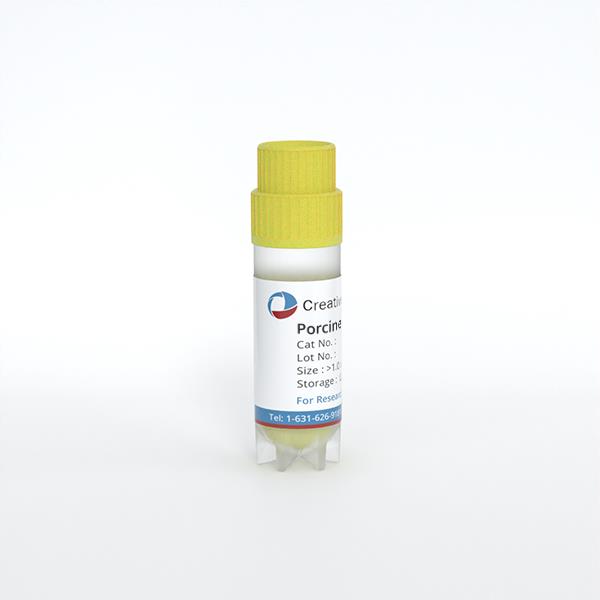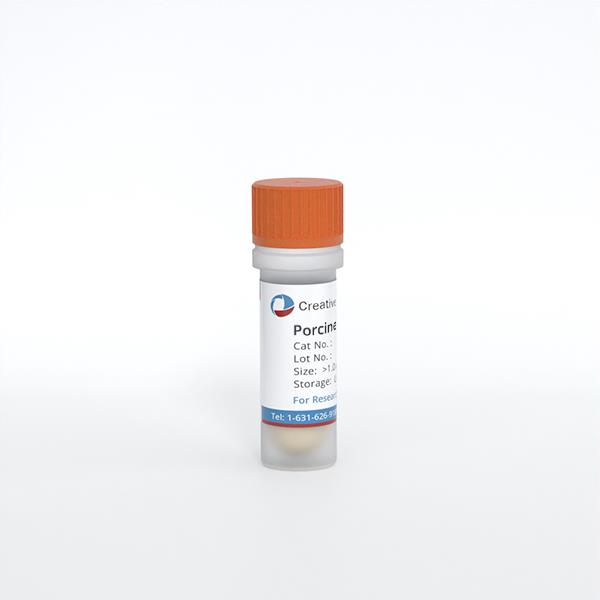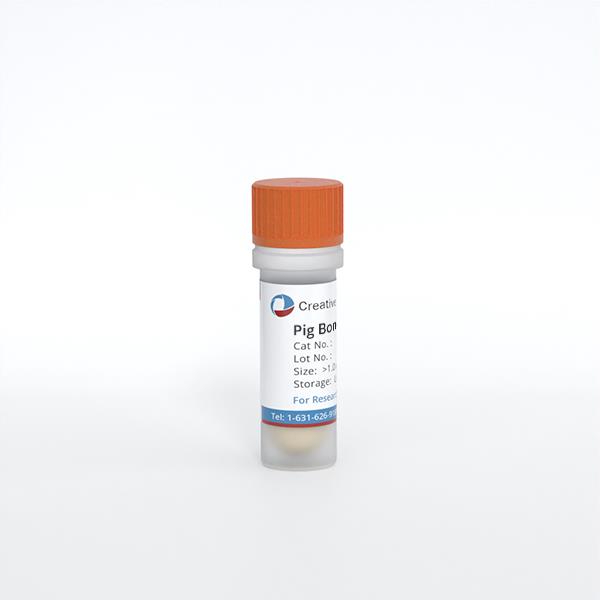
Porcine Bone Marrow Neutrophils
Cat.No.: CSC-C4923L
Species: Pig
Source: Bone Marrow
Cell Type: Neutrophil; Granulocyte
- Specification
- Q & A
- Customer Review
Never can cryopreserved cells be kept at -20 °C.
If it is suspension cells: collect the cell supernatant and centrifuge it slowly (500-600 rpm/min, 5-6 min) and replace it with a new culture bottle; if it is wall-adherent cells: wash the cells with PBS for 2-3 times, when washing, gently tap the bottle to let the debris and particles that are not firmly adhered to the wall fall off, and then discard the PBS, digest the cells by adding low concentration trypsin, such as 0.05% trypsin, for 1 min or so, let particles and fragments in the cell interstices fall off, and then digest the cells normally. around, let the particles and fragments in the cell gap fall off, remove the low concentration of trypsin, then digest the cells normally, centrifuge the collected cell suspension slowly (500-600 rpm/min, 5-6 min) and replace it with a new culture flask, and you can try to increase the concentration of serum appropriately for culture.
Ask a Question
Average Rating: 5.0 | 1 Scientist has reviewed this product
Professional
The quality of products is top-notch and the customer service is friendly and helpful. I look forward to working with them in the future.
02 Aug 2023
Ease of use
After sales services
Value for money
Write your own review
- You May Also Need


